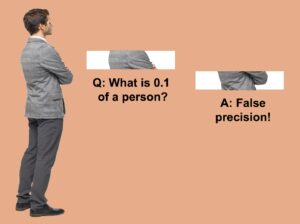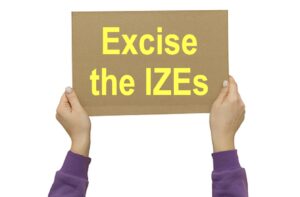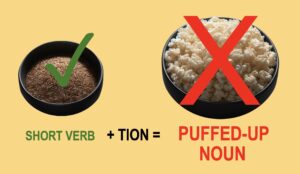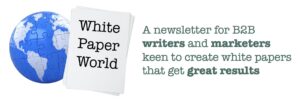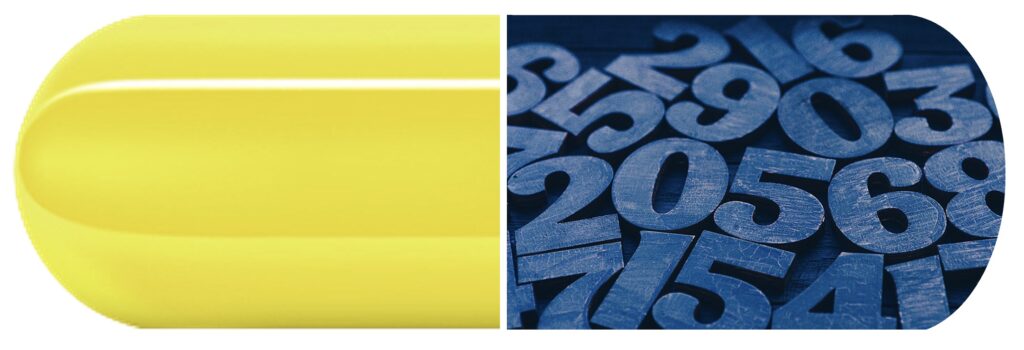
Quick tip: Here’s how to handle LSD
No, this isn’t advice on avoiding bad trips.
This is about writing numbers clearly, using the notion of the Least Significant Digit (LSD).
3 minute read. Y minute listen.
One of my pet peeves is false precision: numbers that suggest more accuracy than they can possibly convey.
For example, say you drive to a meeting.
If someone asks how far you drove, you probably say “about 40 miles.”
But when you fill in your expense report, you write “43 miles.”
Meanwhile, your trip odometer says you drove 43.27 miles.
Which number should you use?
To figure that out, use the LSD, the last digit that adds anything meaningful.
And to avoid false precision, drop anything past the least significant digit.
In other words, use the fewest possible digits to convey a number as precisely as you need for the context.
So in casual conversation, you round a trip to the closest 10 miles. The LSD is the final “0” in “40.”
On your expense report, you use more precision, so the LSD becomes the “3” in “43.”
And as for your odometer, no one cares about 0.27 of a mile. Saying 43.27 miles sticks out as an unrealistically long number.
An example you could see in a white paper
Suppose a company reports on a survey with a statement like this:
And 53.17% of respondents agree you can’t trust anything you find online.
But 53.17% of 3,000 people = 1,595.1 people.
That can’t be. What is 0.1 of a person? They’ve botched the LSD and stated an impossibly over-precise figure.
A better way to report that number is to say:
And 53% of respondents agree you can’t trust anything you find online.
Even better, use both words and numbers:
More than half the respondents (53%) agree you can’t trust anything you find online.
I often give an approximation in words and then show the number after, like this:
- almost 3 out of 4 (73%)
- more than 4 out of 5 (86%)
So say goodbye to false precision, and hello to crisp, clear numbers!
The context for white papers
Remember, white paper readers are in a big hurry.
They’re scanning through your white paper at work, with distractions all around and interruptions from all directions.
Every extra digit adds to their cognitive load in decoding a number.
Do they care if your survey says 52% or 54%?
Not likely. They just want a quick fix of the results.
So when you give numbers in a white paper, be as precise as possible… without veering into false precision, or adding an undue cognitive load for your readers.
For more useful tips like this, get my free newsletter White Paper World.

